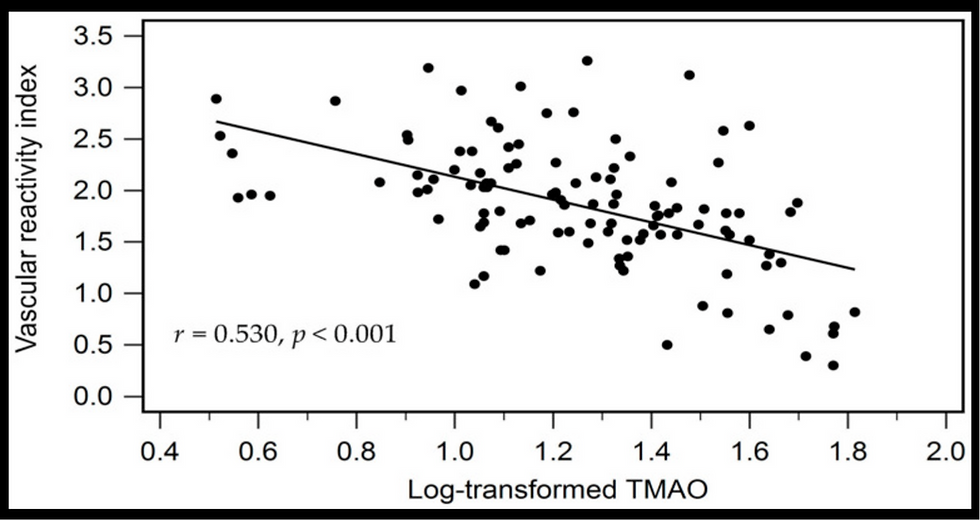Abstract from AHA 2020: Epicardial Fat Associates With Endothelial Dysfunction,
- heartlung
- Jan 16, 2023
- 2 min read
Updated: Jan 18, 2023
but Not With Coronary Calcium Score: From the Elsa-brasil Cohort Study

P1355 – Epicardial Fat Associates With Endothelial Dysfunction, but Not With Coronary Calcium Score: From the Elsa-brasil Cohort Study Author Block: Karina P M P Martins, HCUFMG, BELO HORIZONTE, Brazil; Sandhi Barreto, UFMG, BELO HORIZONTE, Brazil; Daniel Bos, Erasmus MC Univ Medical Cente, Rotterdam; JESIANA PEDROSA, UFMG, Belo Horizonte, Brazil; Douglas Mesquita, UFMG, BELO HORIZONTE, Brazil; Murilo Foppa, HCPA, PortoAlegre, Brazil; Bruce Duncan, UFRGS, Porto Alegre Rs, Brazil; Antonio Ribeiro, UFMG, Belo Horizonte, Brazil; Luisa C Brant, FEDERAL UNIVERSITY of MINAS GERAIS, Belo Horizonte, Brazil Disclosure Block: K.P.Martins: None. S.Barreto: None. D.Bos: None. J.Pedrosa: None. D.Mesquita: n/a. M.Foppa: None. B.Duncan: None. A.Ribeiro: n/a. L.C.Brant: None. Introduction: Epicardial fat has been related to coronary artery disease (CAD) independent of visceral or subcutaneous fat. The mechanism responsible for this association has not yet been elucidated. Our objective was to evaluate the association between automatically measured epicardial fat volume (EFV), cardiovascular risk factors, coronary artery calcium (CAC) and endothelial function in participants of ELSA-Brasil. Methods and Results: The sample comprised 470 (mean age 55± 8y, 52.3% men) participants from ELSA-MG, one of the Investigation Centers of the cohort, who had valid computed tomography scans and endothelial function evaluated by peripheral arterial tonometry (PAT). The mean EFV was 111 (IQ 86-144) mL. CAC=0 was detected in 55% of participants. In the multivariable analyses between cardiovascular risk factors and EFV, the following associations were observed with higher EFV: female sex; and increased age, waist circumference and triglycerides (p <0.001 for all). In multivariable analyses, higher EFV remained associated with worse endothelial function – basal pulse amplitude (q2=1.22, CI95% 1.07-1.40, p=0.004; q3=1.50, CI95% 1.30-1.74, p<0.001; q4=1.50, CI95% 1.28-1.79, p<0.001) and PAT ratio (q2=0.87, CI95% 0.81-0.95, p<0.001; q3=0.86, CI95% 0.79-0.94, p<0.001; q4=0.80, CI95% 0.73-0.89, p<0.001), but not with CAC. Conclusions: Higher EFV was associated with impaired endothelial function, but not with higher CAC. Our results suggest that the mechanism by which epicardial fat deposits relates to CAD may be different from the pathway of CAC, which relates to calcified plaques. A possible mechanism may be through the enhancement of endothelial dysfunction, microvascular disease and predominantly lipidic non-calcified plaques. View session detail

![Lipoprotein(a) levels predict endothelial dysfunction in maintenance hemodialysis patients: evidence from [VENDYS] vascular reactivity index assessment](https://static.wixstatic.com/media/dac531_5285607cc591409a9d83746f042af7c6~mv2.png/v1/fill/w_980,h_980,al_c,q_90,usm_0.66_1.00_0.01,enc_avif,quality_auto/dac531_5285607cc591409a9d83746f042af7c6~mv2.png)


Comments